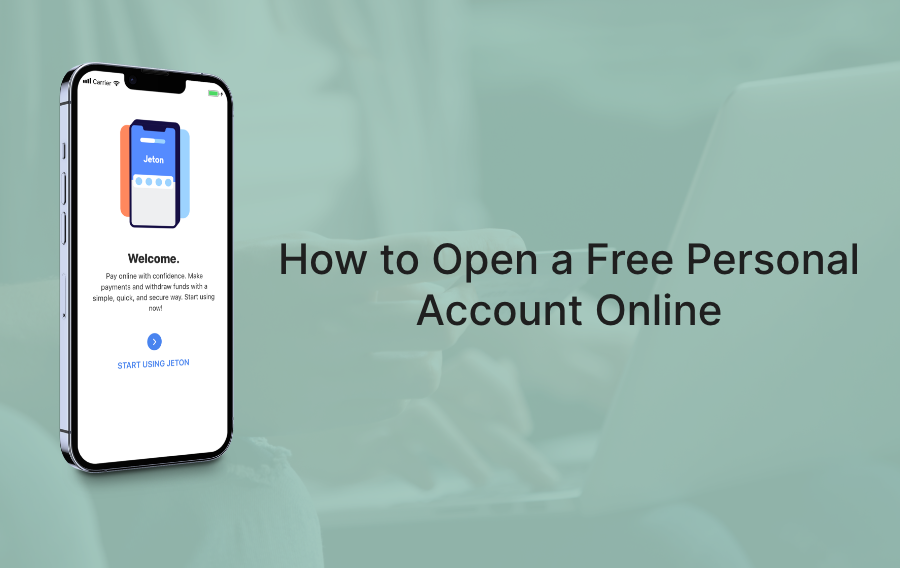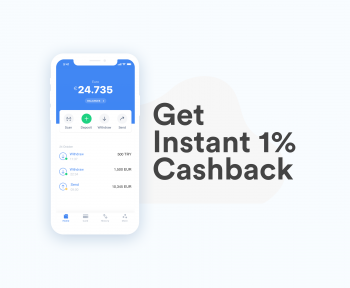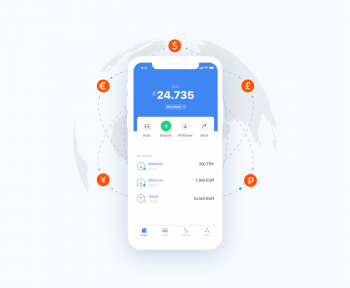We live in a digitalised world where not having an online bank account might seem crazy to some.
Opening a free personal banking account is an important financial milestone. They’re not just a place where you receive your monthly pay or pensions – you can use one to boost your savings, manage a household budget and bundle all of your financial products together. Picking the right current account will depend on the way you spend and manage your money.
When you open a bank account, your bank provider will give you an account number and sort code. These two numbers are the foundation of your bank account and allow money to be transferred into it.
What is a Sort Code?
A sort code is an important factor in your bank account. It is a six-digit number that identifies your bank. It’s usually split up into pairs; the first two digits identify which bank it is, and the last four digits refer to the specific branch of the bank where you opened the account.
What is an Account Number?
A bank account number is a number that is tied to your bank account. If you have several bank accounts, such as personal, joint, business (and so on), each account will have a different account number.
How Long is an Account Number?
Most bank account numbers typically contain eight digits. Some financial institutions do have shorter account numbers, but the number ‘0’ can be added in front to reach eight digits. Generally, a bank account number will only be relevant when used in conjunction with a sort code.
Opening a Banking Account Online: What Do You Need?
Pretty much all financial institutions must always verify who you are and where you live before they can offer you an account, so you’ll need to provide proof of identity (typically a passport, driving licence, or national identity card, although banks may accept other forms of identification) and one or two documents as proof of address (e.g., a recent utility bill, rental contract, benefits, or state pension letter issued within the past 12 months).
When you’re opening a bank account online, you don’t need to visit a branch to start your application – you can do most of the legwork online. If you want to open a joint account, some banks will only let you add additional account holders in the branch. Others will perform an ID check for both of you online. Here’s a handy checklist of the information you might be asked to provide:
The Checklist for Opening a Bank Account
- Your name as it appears on official documents e.g. passport, and any previous names if it’s been changed in the past six years.
- Your age as banks set a minimum age of 16 or 18 for standard bank accounts.
- Your address history for at least three years and whether you rent or own your home with or without a mortgage.
- Your job or who you work for (including the full company address), how long you’ve worked there, and your job title or role.
- Your income, including your salary before and after tax, your pension and any state benefits.
- Your mortgage or rent, loan and credit card repayments, number of financial dependents e.g. children or elderly parents.
Opening an online bank account is a smart move in today’s digital world. When you set up an account, you’ll get a sort code and account number. The sort code identifies your bank and branch, and the account number is unique to you. Usually, you need proof of ID and address to open an account, but the good news is, you can do it all online. Just make sure you have all your details ready, like your name, age, job info, and financial details.
So, if you’re looking to get your finances in order, opening an online bank account is a great first step. It’s simple, convenient, and will help you manage your money better in the digital age.



